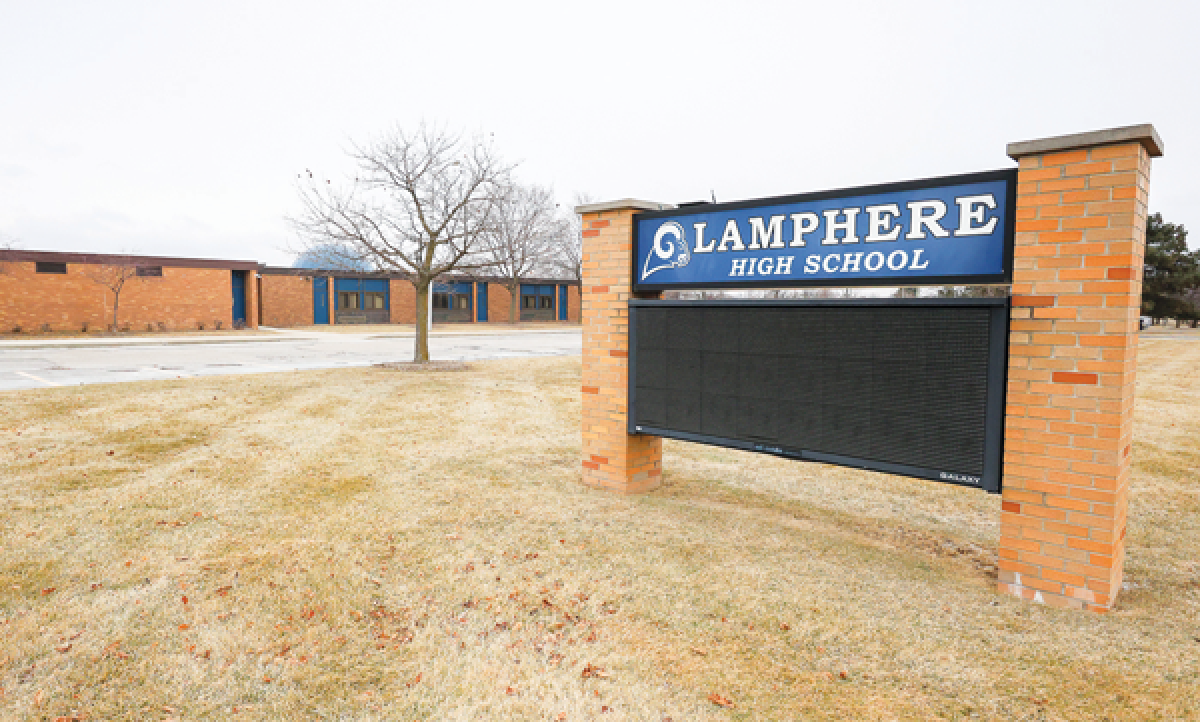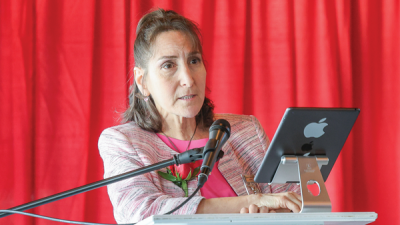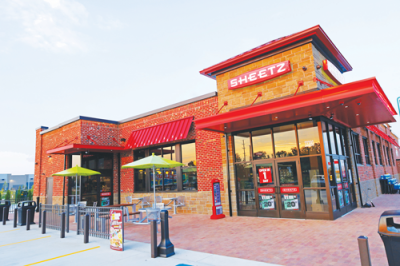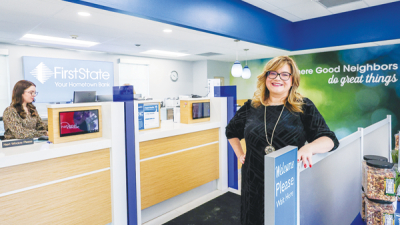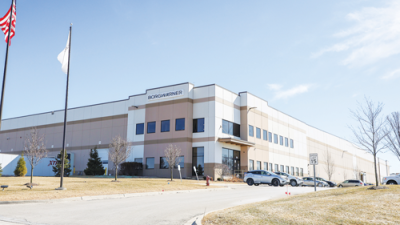MADISON HEIGHTS — Residents in the Lamphere Schools will vote on a tax proposal May 6.
If approved, the bond will raise $85 million over a 30-year period, paying for security features, building upgrades and other features in the district.
Under the bond, residents would see their tax rate increase by 4.15 mills. The district collects $1 for every $1,000 of taxable value, times the millage rate.
As such, a home with a market value of $200,000 and taxable value of $100,000 would pay an extra $415 each year. The increase would first appear on the tax bill this summer.
Not including the bond, residents already pay 12.909 mills for the schools’ operating millage, and 2.9297 mills for its sinking fund millage. The bond would bring the total to 19.9887 mills.
Kelly Fredal is a Madison Heights resident who lives in the district. She has mixed feelings about the proposal, and thinks the exact amount should be reconsidered.
“I think a smaller bond proposal that just focuses on maintenance would be more reasonable,” Fredal said. “The economy is too tight right now, but building repairs are important.”
What’s in the proposal
In an email, Lamphere Superintendent Dale Steen said the district has been “extremely fiscally responsible with the taxpayers’ money.” He noted the district last ran a bond for $35 million in 1997, which was paid off seven years early. Since then, the district has been debt free.
For the new bond, the district identified more than $150 million worth of projects, which staff and community members narrowed down to a list of high-priority items totaling $85 million.
Among the projects are additional security cameras, and new entry points for each school that route visitors through a secure front office with no direct access to the building. Anyone trying to break in would be delayed by new safety glass that doesn’t shatter into sharp fragments when broken.
Parking lots would also be redone at each school to improve traffic flow, reduce congestion, and streamline drop-off and pickup times.
In addition, the bond would replace rooftops and upgrade mechanical systems such as boilers and classroom HVAC units, improving reliability and energy efficiency while increasing comfort.
“Most of the boilers in our buildings are 50-plus years old, and are reaching the end of life,” Steen said. “Upgrading the heating and cooling systems will allow for an upgraded control system that will provide cost savings for the district. Larger roofing repairs and replacements will be included with the bond to keep our buildings safe, dry and energy efficient.”
More items
Other projects include the creation of a robotics learning lab at Page Middle School that would be used by students districtwide; upgrades to the auditorium stage, dressing rooms and technology at Lamphere High; the replacement of worn-out playground equipment at each elementary school; enhancements to the music and art classrooms at all grade levels, including new music equipment; new furniture, storage and equipment for STEM classrooms at the elementary schools; and the conversion of Lamphere High’s shop area into a 3D art studio for the fine arts program.
The superintendent also said that the district intends to construct a new auxiliary gymnasium at Lamphere High.
“For the size of our high school and the number of sports teams and students participating in athletics, a second gymnasium is not uncommon, and is highly recommended,” Steen said. “Due to the lack of gymnasium space, we currently have teams practicing early in the morning and late at night, as well as utilizing the cafeteria and hallways for practice space.”
A matter of timing
Residents may recall that the district has had a site sinking fund in place for 14 years. It was last renewed in 2017 for a 10-year period at a rate of nearly 3 mills, and will be up for renewal again in 2028. The superintendent explained that those funds wouldn’t cover the bond projects.
“Sinking funds are used for small-scale facility upgrades and updates, and ongoing technology purchases. It is very common for districts to have sinking funds for smaller projects, and go out for bonds for larger long-term projects,” Steen said. “It does not affect the number of mills we are seeking with the bond, as they are two different funding sources.”
Fredal said she sees value in many of the ideas, but questioned the timing of the proposal.
“My concern is for all the people struggling with inflation,” Fredal said. “This just isn’t the right time for the schools to be asking for this much money.”
Residents in the Lamphere Schools can share their thoughts on the tax proposal by emailing akozlowski@candgnews.com. Comments may be included in a future article.
The following is the language of the Lamphere Schools bond proposal, as it will appear on the ballot when residents vote May 6:
Shall The Lamphere Schools, County of Oakland, State of Michigan, borrow the sum of not to exceed Eighty-Five Million Dollars ($85,000,000) and issue its general obligation unlimited tax bonds, in one or more series, to pay the cost of the following projects to create a modern learning environment for students and for health, safety, security, energy, conservation and other purposes:
• Remodeling, equipping, re-equipping, furnishing, re-furnishing school buildings, playgrounds, athletic fields and other facilities;
• Erecting and completing secure entryway additions at school buildings, a gymnasium addition at the high school and additions to other facilities;
• Acquiring and installing instructional technology infrastructure and equipment for the robotics program at the middle school building; and
• Preparing, developing and improving sites at school buildings, playgrounds, athletic fields and other facilities?
The maximum number of years any series of bonds may be outstanding, exclusive of refunding, is not more than thirty (30) years; the estimated millage that will be levied to pay the proposed bonds in the first year is 4.15 mills (which is equal to $4.15 per $1,000 of taxable value); and the estimated simple average annual millage that will be required to retire each series of bonds is 3.81 mills annually ($3.81 per $1,000 of taxable value).
If approved by the voters, the bonds will be guaranteed by the State under the School Bond Qualification and Loan Program (the “Program”). The School District currently has $0 of qualified bonds outstanding and $0 of qualified loans outstanding under the Program. The School District does not expect to borrow from the Program to pay debt service on these bonds.
The estimated computed millage rate required to be levied to pay the proposed bonds may change in the future based on changes in certain circumstances.
(Pursuant to State law, expenditure of bond proceeds must be audited, and the proceeds cannot be used for teacher, administrator or employee salaries, repair or maintenance costs or other operating expenses.)
 Publication select ▼
Publication select ▼